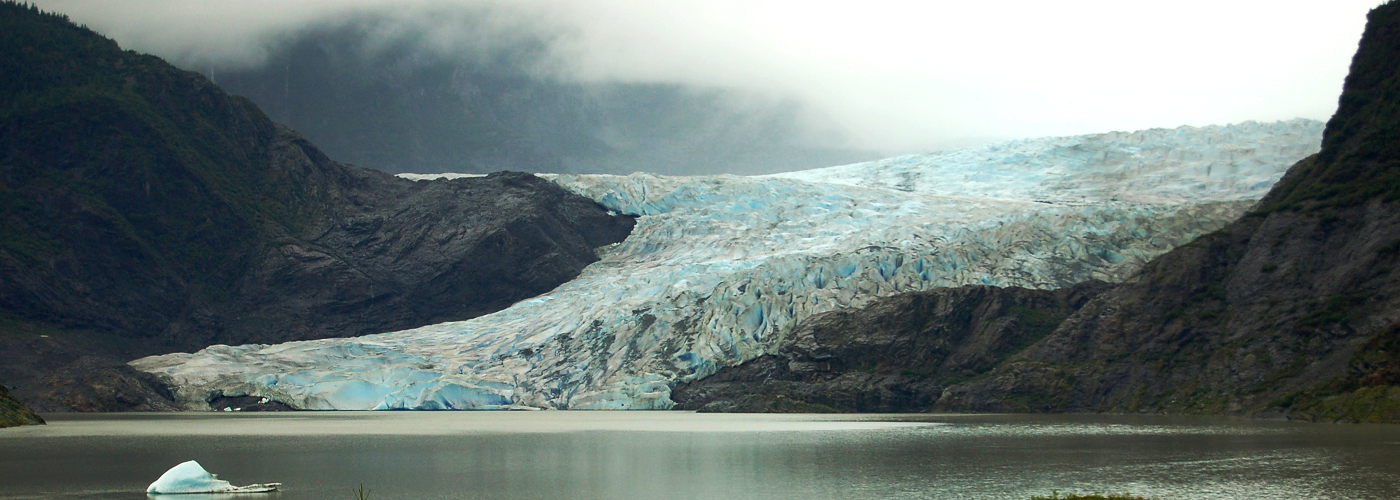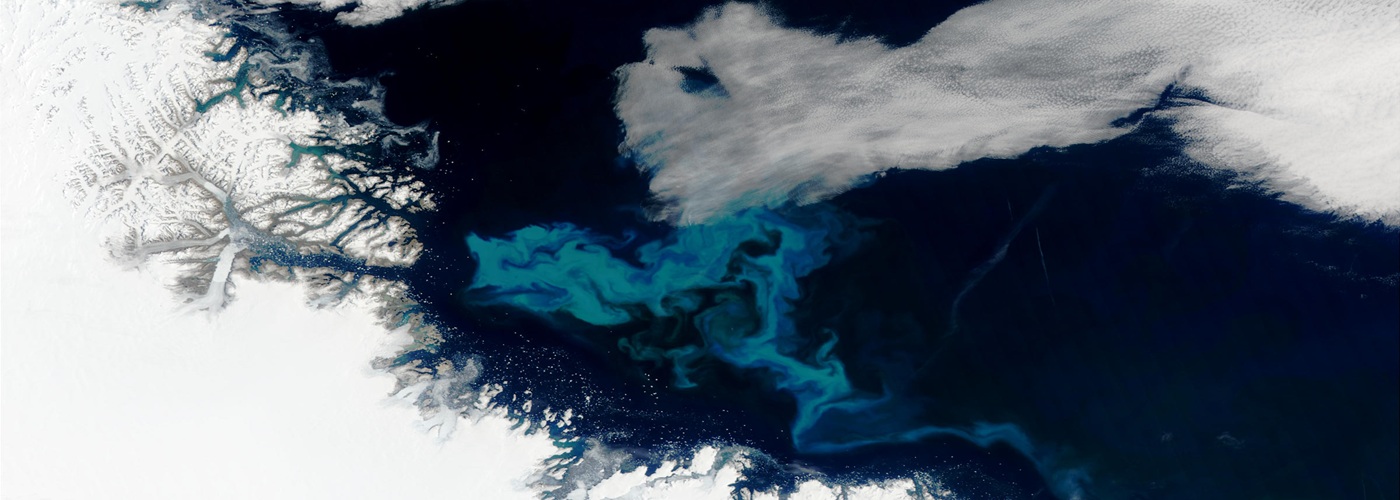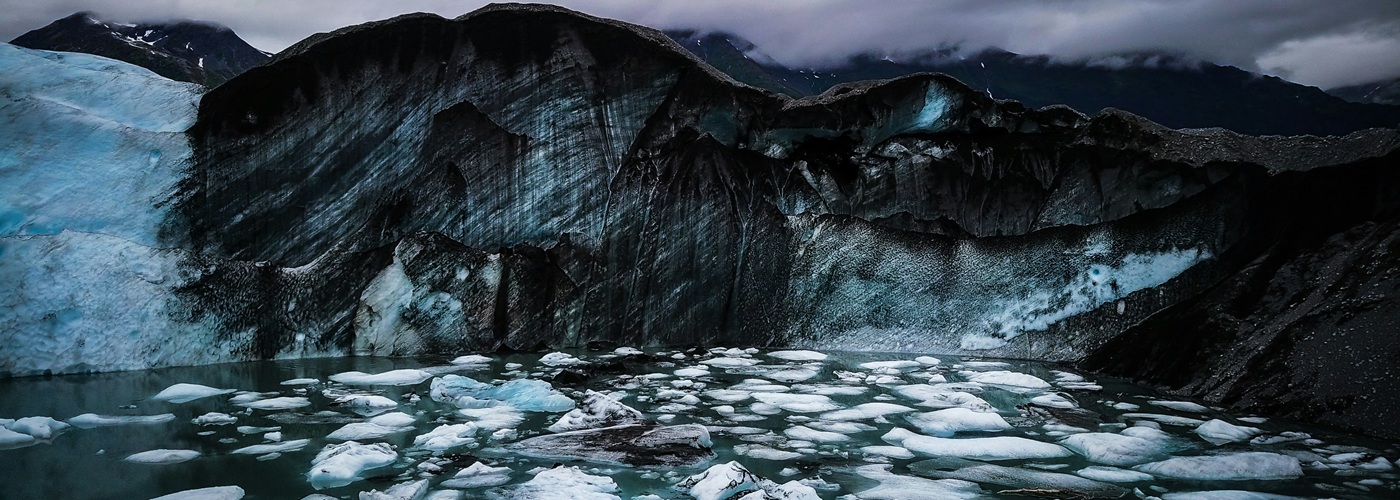

As Greenland’s ice continues to melt, it’s doing more than raising sea levels. It's runoff is stirring nutrients from the deep and feeding blooms at the surface. A NASA-supported study using the JPL–MIT ECCO-Darwin computer model simulated the turbulent fjord plume beneath Jakobshavn Glacier and found glacial outflow can lift enough deepwater nitrate and iron to boost summer phytoplankton growth by roughly 15–40% in the study area.
Greenland sheds about 293 billion tons of ice annually, at peak melt, Jakobshavn alone can release some 300,000 gallons (1,200 cubic meters) of freshwater per second. That buoyant plume rises, entrains nutrient-rich seawater from depth, and refuels plankton populations after spring blooms have exhausted surface nutrients. Satellites have already recorded a 57% rise in Arctic phytoplankton between 1998 and 2018, and these new simulations supply a mechanism.
Recreating this remote, iceberg-strewn environment required enormous computing power. The team nested focused simulations inside ECCO-Darwin a zoomed, multi-scale “model within models” approach run on NASA's Ames supercomputers to resolve physics, chemistry and biology together. The result: a compelling link between meltwater plumes and summertime phytoplankton growth.
The ecological consequences are complex. Larger blooms draw more CO₂ from the atmosphere, but altered water chemistry reduces the fjord’s CO₂ solubility, effects that partly offset one another. The researchers plan to scale their method across Greenland’s hundreds of tidewater glaciers to map regional impacts. As melt accelerates, these coupled physical-biological shifts will shape coastal ecosystems, fisheries, and carbon cycling in a warming Arctic.

